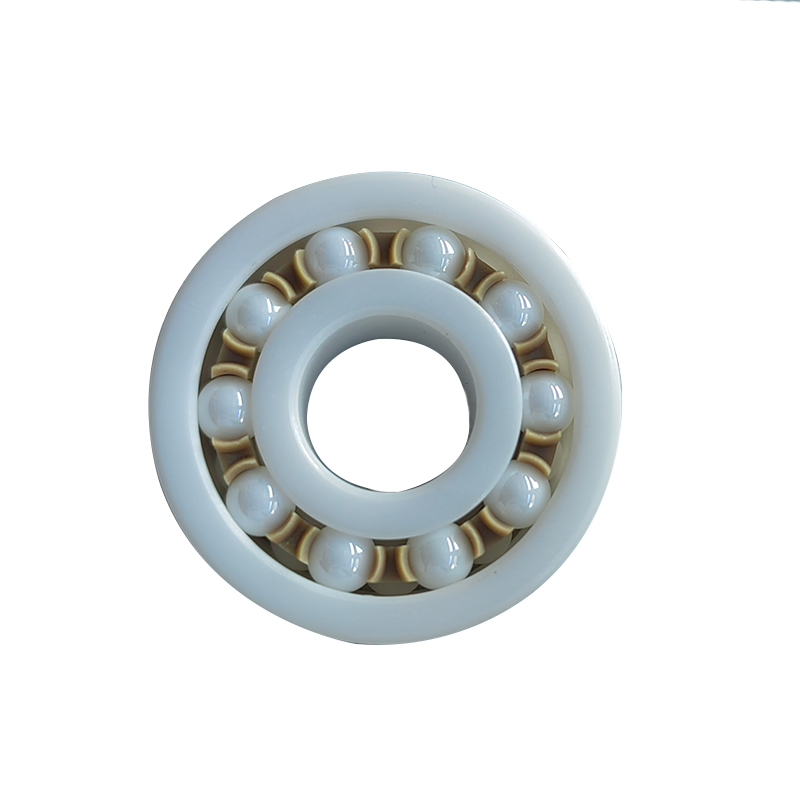Mar . 22, 2024 15:02 Back to list
Why are ceramic ball bearings superior to steel ball bearings? Ceramic Bearing
In the development and application of engineering ceramic products, ceramic ball bearings are a typical example of engineering ceramics widely used in industrial fields.
High temperature resistance
The thermal expansion coefficient of ceramic balls is small, and the bearing ball will not expand due to temperature in a high temperature environment, which greatly increases the operating temperature of the entire bearing.The temperature of ordinary bearings is about 160 degrees, and the ceramic ball can reach more than 220 degrees.
4 Bolt Composite Material UCSF204 Stainless Steel Units And Zirconia Ceramic BearingT
Ceramic balls have oil-free self-lubricating properties, and the friction coefficient of ceramic balls is small, so ceramic ball bearings have a high speed. According to statistics, bearings using ceramic balls are more than 1.5 times the speed of general bearings.
long service life
Ceramic balls can be added without any grease, that is to say, even if the grease is dried, the bearing can still be operated, so that the premature damage of the bearing caused by the grease drying out in ordinary bearings can be avoided. According to our tests and feedback from some customers, The service life of bearings after ceramic balls is 2-3 times that of ordinary bearings.
Insulation
The last and most important point is insulation.The use of ceramic ball bearings can insulate the inner and outer rings of the bearing, because ceramic balls are insulators, and the use of ceramic balls between the inner and outer rings of the bearing can achieve the effect of insulation. This enables the bearing to be used in a conductive environment. Rolling bearings are composed of rings, rolling elements, retainers, grease, and seals. When the rolling elements are made of ceramic material, this rolling bearing is defined as a ceramic ball bearing.
Latest news
-
25x52x44.4mm UEL205 Bearing with Eccentric Sleeve
NewsAug.19,2025
-
High Quality 6319 2RS Deep Groove Ball Bearing 95x200x45
NewsAug.18,2025
-
UCT205-15 Take Up Housing Pillow Block Bearing | Reliable
NewsAug.17,2025
-
CKZ-A Sprag Type Freewheels One Way Clutch - High Performance & Reliable
NewsAug.16,2025
-
ASNU 12-35 NFS TFS Roller Freewheel One Way Clutch Bearings
NewsAug.15,2025
-
Durable AK208 Pillow Block Housing | Reliable Bearing Support
NewsAug.14,2025
